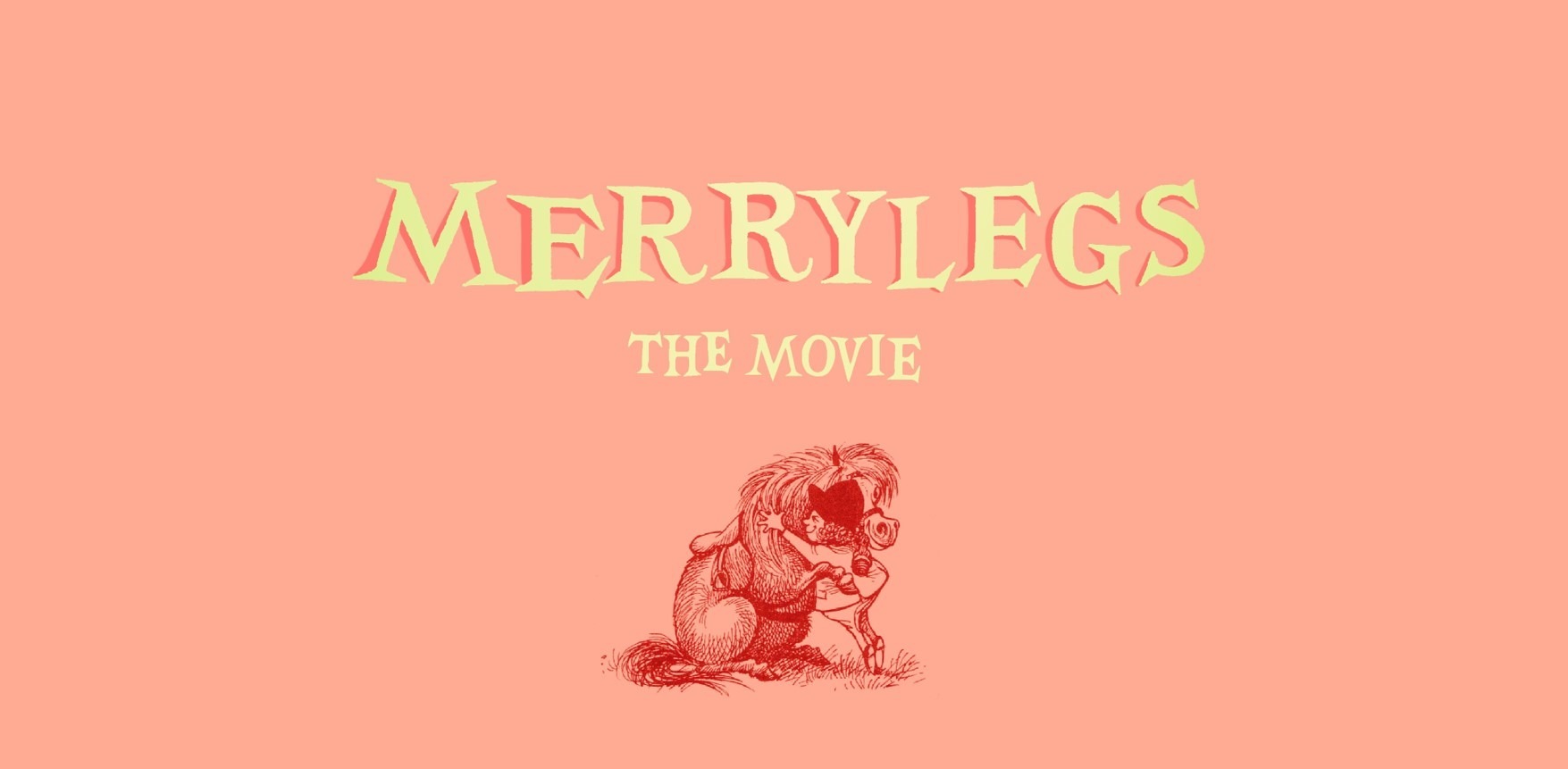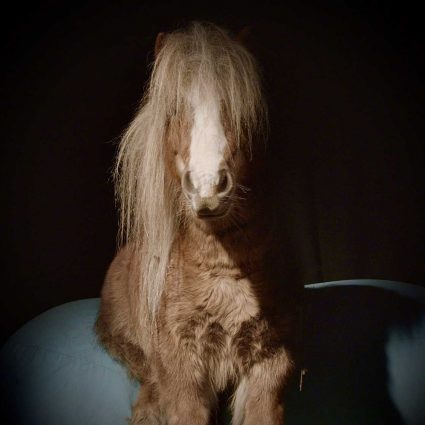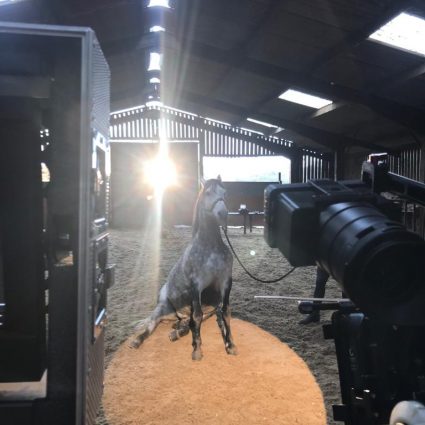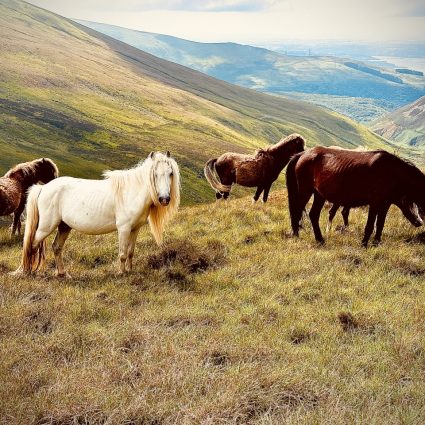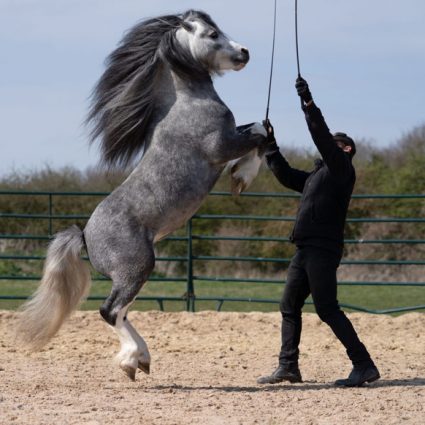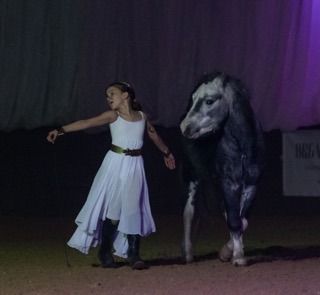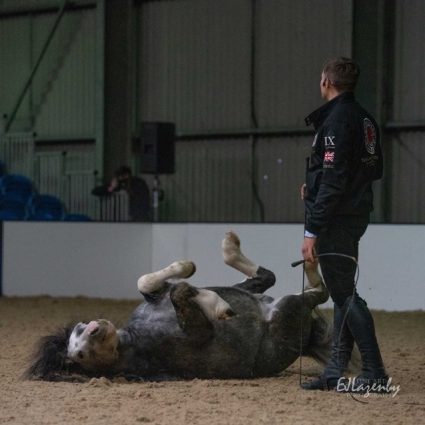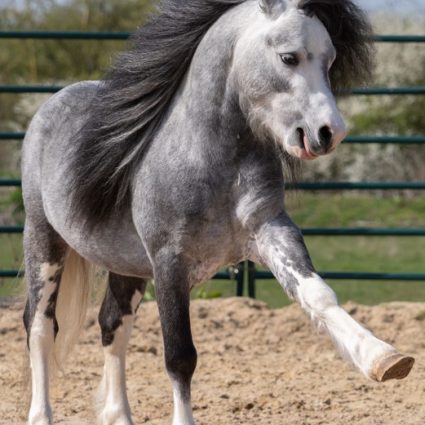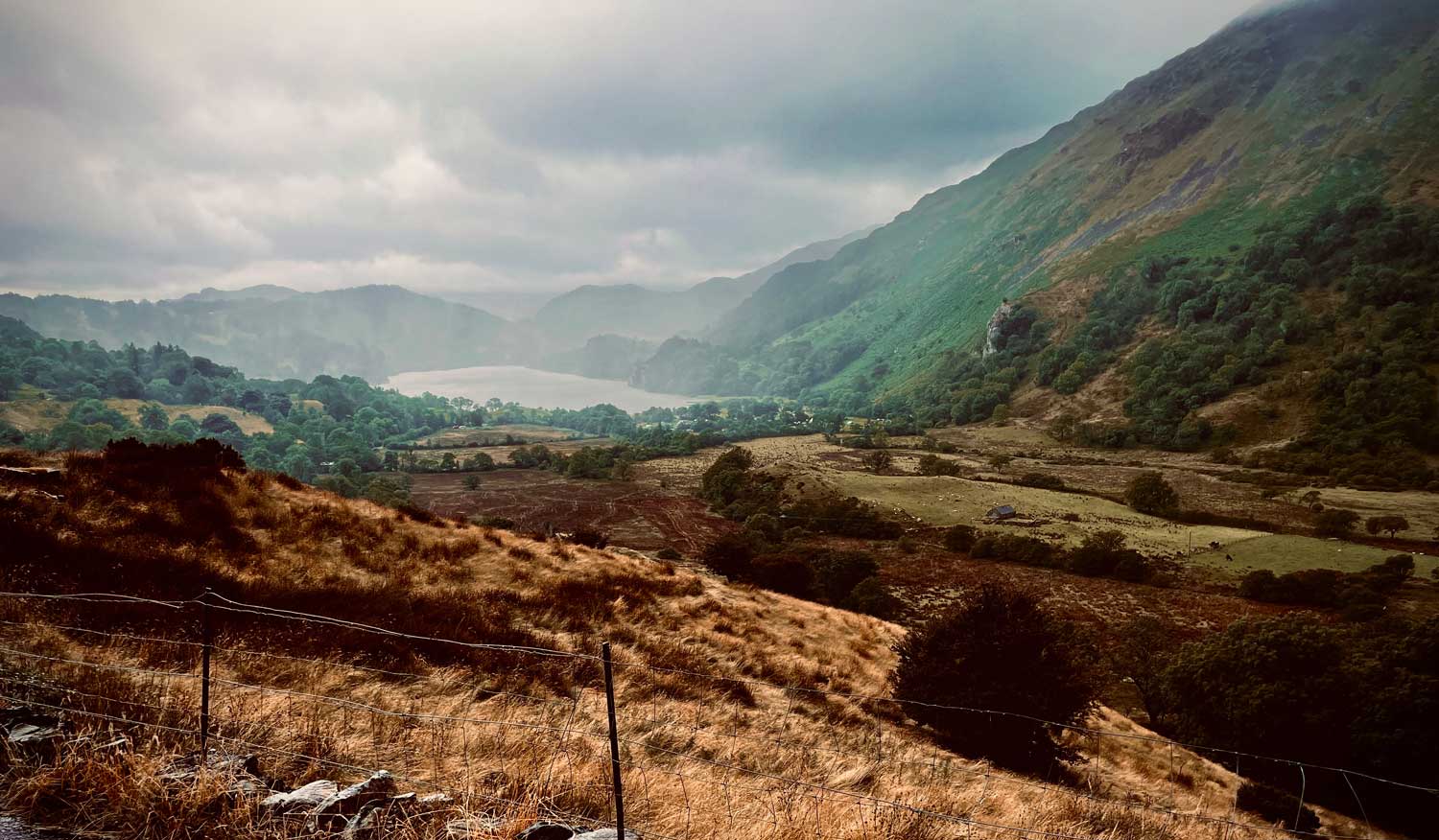merrylegs the movie
you can’t be brave unless you’re afraid.
synopsis
a timid pony becomes separated from his family and discovers a new way of life, only to find himself torn between his cushy new home and his overwhelming need to find his family.
north wales
“From the quality of air we breathe, the water we drink, the stability of our land, the ability of our environment to be resilient to climate changes challenges and our sense of shared history and community all depend on how the Welsh uplands are managed.”
Donna Udall Centre for Agroecology, Water and Resilience. 2020.
The films are set and will be shot in the epic landscapes of North Wales, author Norman Thelwell’s favourite childhood holiday destination and home of the Welsh Mountain pony, the lead characters in the films. The ponies are an integral part of the hills of Snowdonia and the surrounding area is rich in Welsh culture and history which already play a crucial role in boosting the rural economy and reconnecting people with the landscapes.
Landscapes are vital to managing carbon, many of them are natural carbon sinks and the grazing contributed by the Welsh Mountain ponies are an integral part of this, it is crucial to understand the importance of the contribution of these ponies who breakdown the vegetation differently to other herd animals which results in less overgrazing, less erosion of the soils which also helps keep the carbon safely in the ground. They also fertilise the soil and support around 250 different species of insect which all play their part in helping in climate change mitigation.
It is hoped the films will also help highlight the need to save the ponies, who are in grave danger of disappearing altogether. With only 500 registered Section A semi-feral ponies left in the whole of Wales, many have now not bred for a number of years and are on the brink of dying out.
